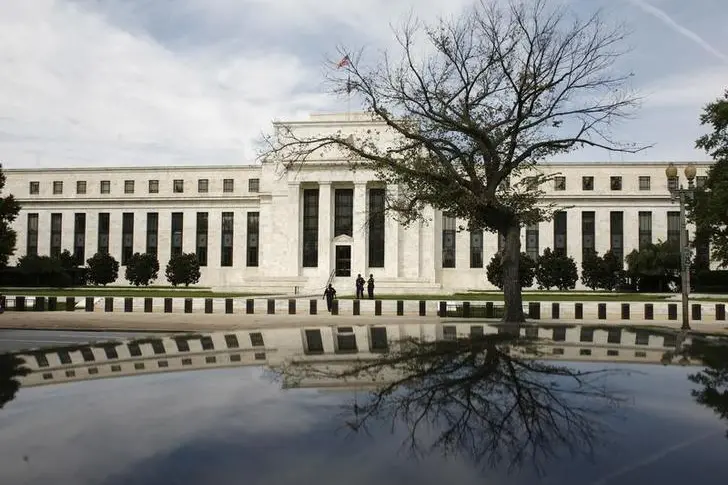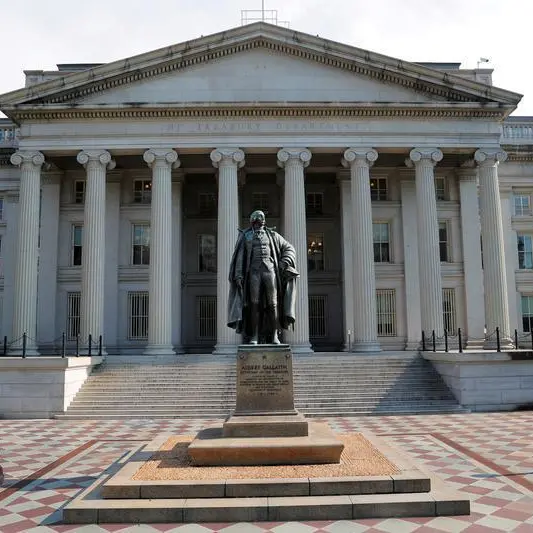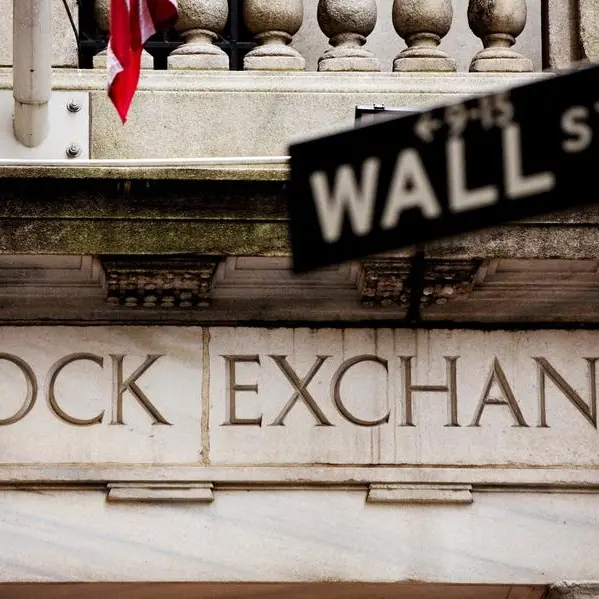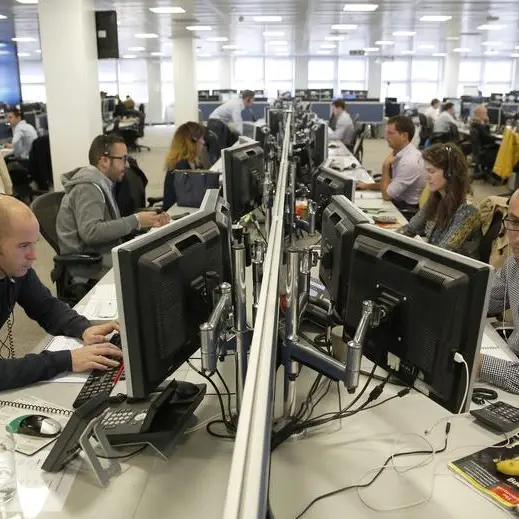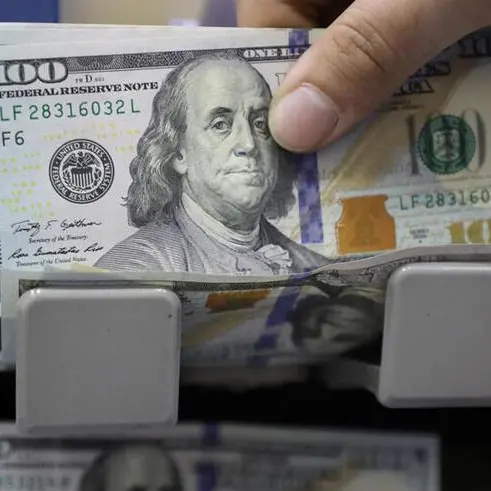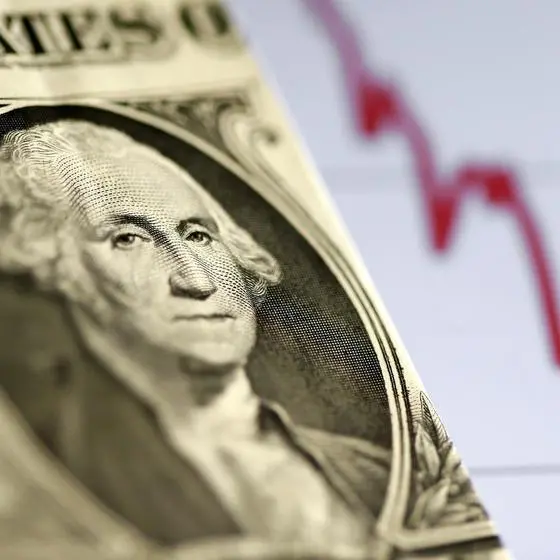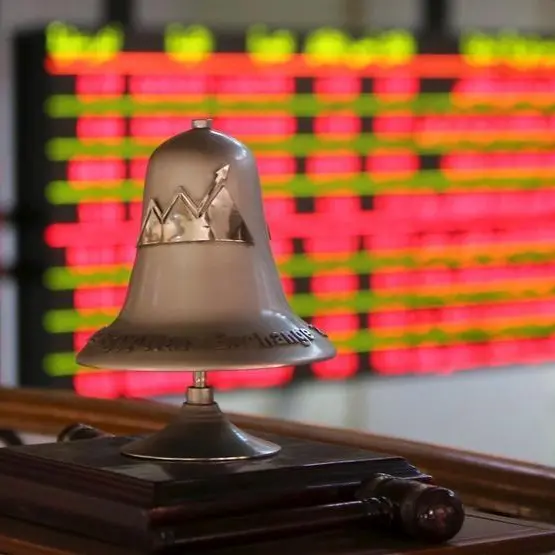PHOTO
ORLANDO - Stability risks posed by 'basis trade' bets in the U.S. Treasury futures market are gradually receding but it is too early for the world's leading financial authorities, many of whom highlighted the issue last year, to declare victory.
Market positioning data and recent research from Federal Reserve staffers and private sector analysts suggest that the value of these bets, mostly placed by hedge funds, has fallen by around 10-20% from the peak late last year.
But they are still large. And given the degree of leverage behind them - as high as 70x, according to Bank for International Settlements estimates - they still warrant close monitoring.
A simple, broad measure of the overall position is an aggregate of leveraged funds' short position across two-, five- and 10-year Treasuries futures contracts as measured by weekly Commodity & Futures Trading Commission data.
The latest figures show that fell to $826 billion in the week to March 12, the lowest since early July and down by almost a fifth from a peak of $1 trillion in November.
But that is only back to levels the Bank of England expressed concern about last year.
The basis trade is an arbitrage play used by hedge funds to profit from the very small price difference between cash bonds and Treasuries futures. They fund this trade and maximize their exposure through the overnight repo market.
In a paper this month, Fed staffers said leveraged funds' CFTC data alone probably overestimated the size of the basis trade. Funds' net repo exposure, the difference between the outstanding volumes of repo and reverse repo, is also a proxy for basis trade volumes but it too may overstate the position.
To get a better guesstimate they constructed a proxy measure taking into account all secondary market cash trades of Treasury securities conducted by FINRA-registered broker-dealers with non-dealer clients that have an associated futures leg.
This 'TRACE' proxy, a nod to FINRA's in-house Trade Reporting and Compliance Engine that facilitates the mandatory reporting of over-the-counter transactions, suggests basis trade volume in mid-January was $317 billion, down from the estimated peak of $352 billion in November.
That points to a 10% reduction, which has probably gone further in the two months since.
That's much smaller than CFTC leveraged funds' aggregate short position. But the trade's high leverage means a sudden and large unwind could still unleash potentially damaging dislocation in the world's most liquid and 'safest' market.
BETTER BALANCE
There are some signs, however, that the warnings of last year, from the BIS, BoE, the Fed and others, will not come to pass.
Steven Zeng, rates strategist at Deutsche Bank, notes that Treasuries futures contracts are now much more fairly priced to their respective cash bond, meaning there is less scope to put on the basis trade. If there is no price differential, there is nothing for hedge funds to arbitrage.
Zeng says the pullback in CFTC futures positioning suggests a better supply/demand balance in the cash market. This is a positive development, but it's too early to tell if this is a beginning of a complete reversal or something temporary.
"On balance, if this is a reversal it would imply lower demand for repo leverage, particularly from the more shadowy sector of finance in which hedge funds operate," Zeng says.
Meghan Swiber, director of rates strategy at Bank of America, notes the importance of the other side of the hedge fund short position in Treasuries futures, which is the long position held by asset managers.
Hedge funds sell the futures to asset managers, and CFTC data shows that these long and short positions roughly balance each other out. They are both shrinking gradually.
Swiber says if interest rates are cut and bond yields move lower, fixed income inflows probably moderate, which probably moderates asset manager demand for Treasury futures, and in turn the basis trade probably moderates.
Another way of putting it, while a rapid unraveling of the basis trade on the back of a volatility shock similar to 2020 is still a risk, more gradual shifts in asset manager demand for Treasuries will likely have a greater bearing on the basis trade.
"Asset managers are driving the bus here. If you're not seeing strong asset manager demand for Treasury futures, the basis trade becomes less attractive," she says.
Asset managers' aggregate long position in two-, five- and 10-year Treasuries futures has not come down quite as fast as funds' short position. It was last worth $867 billion, down from November's $935 billion peak and the smallest since September.
(The opinions expressed here are those of the author, a columnist for Reuters.)
(By Jamie McGeever; Editing by Andrea Ricci)
